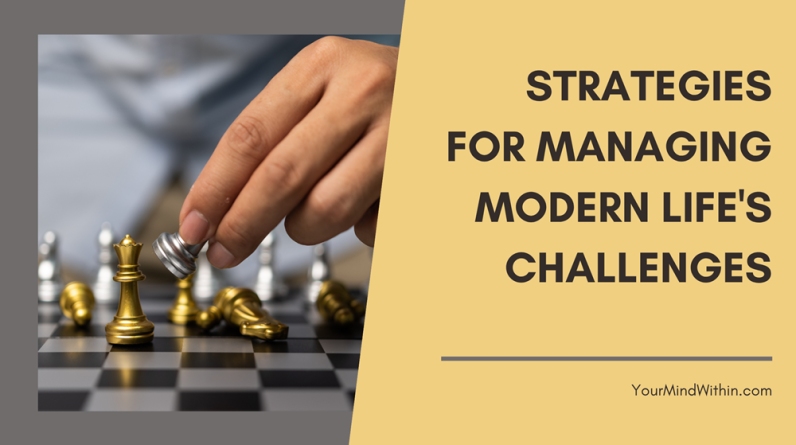
One of the toughest critics you will ever face in life is actually yourself! People tend to place heavy limitations on themselves, stopping themselves from trying anything new because they assume they’ll automatically fail at it.
If this sounds familiar to you, it is time to learn how to stop imposing these strict limitations on yourself. Consider adopting these ten strategies to get started.
1. Reflect on the difficult times you’ve survived before
Whenever you feel yourself hesitating about trying something new due to a fear of failure, take a little time to reflect on all the difficult times you’ve already made it through in the past.
As you reflect on these past challenges and struggles, you will see clear evidence that you can handle a tough time, making it easier to remove the limitations from yourself.
2. Identify any self-limiting beliefs you currently have so you can start challenging them
Recognize and acknowledge the beliefs you have about yourself that are holding you back. These could be thoughts like “I’m not good enough” or “I can’t do this.”
Awareness is the first step in overcoming limitations – if you can’t specifically identify what is stopping you, then you won’t be able to properly address it.
3. Challenge your negative self-talk habits with positivity
Many people who limit themselves also tend to engage in negative self-talk. Pay attention to how you speak to yourself and actively challenge and reframe negative thoughts and words.
Replace any self-limiting statements you use with more positive and empowering affirmations. Over time, those positive words will become your norm – not the negative self-talk.
4. Set realistic, achievable goals for yourself
Having big goals is great, but they can also feel impossible to reach – especially if they are long-term goals.
Break down your larger goals into smaller, achievable steps.
This approach makes the path to success more manageable and helps build confidence along the way because you will be able to track your progress.
5. Cultivate a growth mindset within yourself
Embrace a growth mindset, recognizing that abilities and intelligence can be developed through effort and learning.
Always take opportunities to try and learn new things as a way to continually expand your own horizons.
View challenges as opportunities for growth, not insurmountable obstacles.
Doing these things can break any limitations you’ve set for yourself.
6. Surround yourself with positivity
Surround yourself with positive influences, whether it’s supportive friends, mentors, environments, or motivational content.
Spending more time in positive cultures and environments can reinforce a mindset of possibilities and potential; in contrast, spending your time with negative naysayers can reinforce your limitations.
7. Take some calculated risks
Step out of your comfort zone and take more calculated risks.
Take time to consider your options and weigh in on which choice could lead to the best outcome for you, and then give yourself permission to go for it rather than avoid it.
Fear of failure often limits people, but taking risks can lead to valuable lessons and personal growth.
8. Learn from your failures
Instead of seeing failure as a permanent setback, view it as a learning experience.
If you keep a negative perspective around failure, you’ll continually limit yourself concerning anything that could lead to a potential failure.
Instead, try something. If you fail, analyze what went wrong, extract lessons, and use that knowledge to improve and try again.
9. Focus on solutions when issues arise
When faced with new challenges, concentrate on finding solutions rather than dwelling on whatever is going wrong.
Not only is this a more positive perspective, but doing so will help you remove the limitations you set on yourself when it comes to making a difference.
A solution-focused mindset empowers you to take proactive steps rather than wallowing in problems.
10. Visualize your future success
Use visualization techniques to imagine yourself succeeding.
Visualization can help build confidence and create a positive mindset that aligns with your goals because it helps you build a specific vision of yourself succeeding.
When you hold that image of success clearly in your mind, it’s much easier to imagine yourself operating without any of your self-imposed limitations holding you back.








